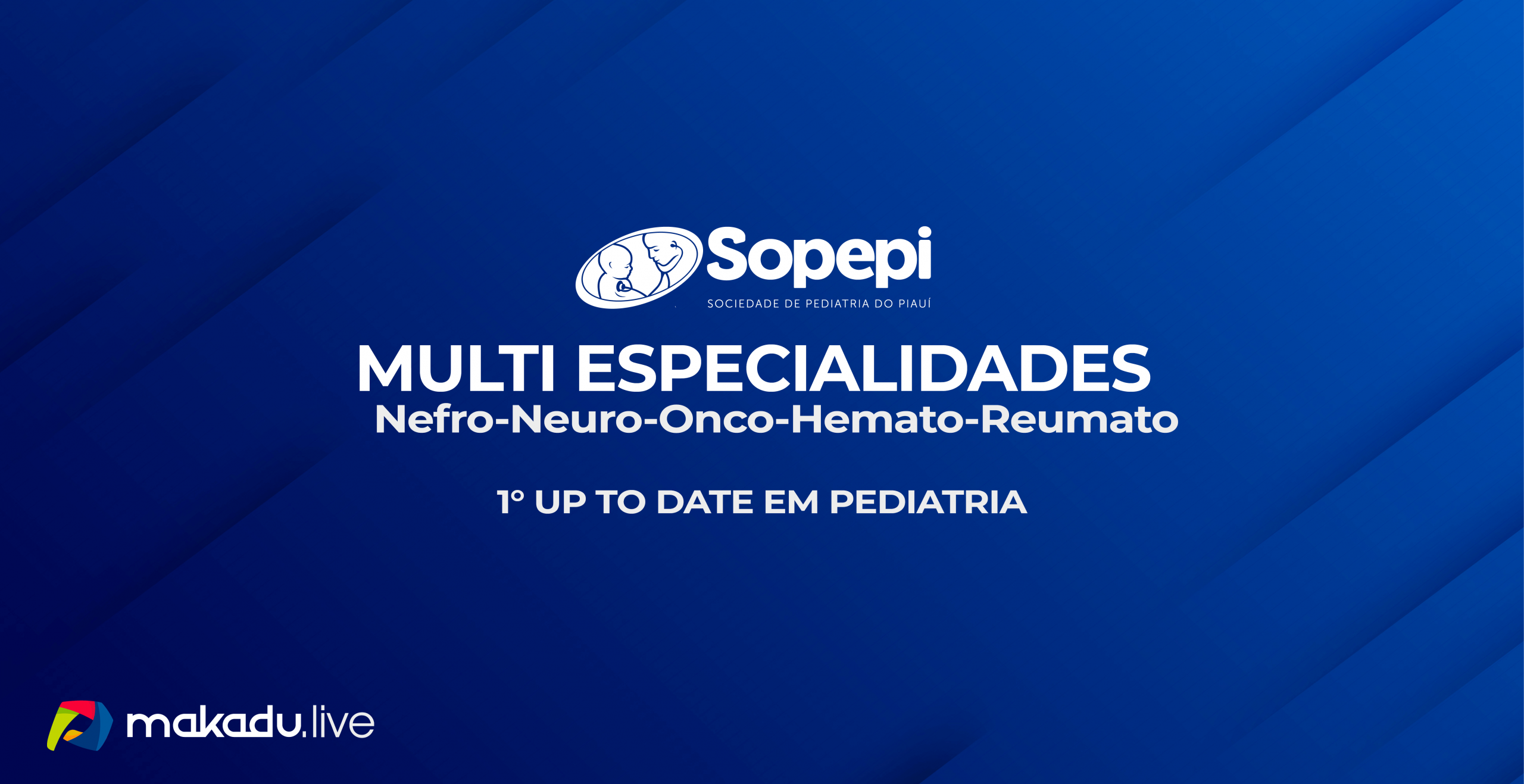Artigo
Gut microbiome in association with chemotherapy‐induced toxicities among patients with breast cancer
ABSTRACT
Background: Little research has focused on the relationship between gut microbiome and chemotherapy‐induced toxicity.
Methods: This prospective study involves 301 patients with breast cancer who had pre-chemotherapy stool samples collected. Gut microbiome was sequenced by shotgun metagenomics; associations with chemotherapy‐induced toxicities during first‐line treatment by gut microbial diversity, composition, and metabolic pathways with severe (i.e., grade≥3) hematological and gastrointestinal toxicities were evaluated via multivariable logistic regression.
Results: High pre-chemotherapy α‐diversity was associated with a significantly reduced risk of both severe hematological toxicity (odds ratio [OR]=0.94; 95% CI, 0.89–0.99; p=.048) and neutropenia (OR=0.94; 95% CI, 0.89–0.99; p=.016). A high abundance of phylum Synergistota, class Synergistia, and order Synergistales were significantly associated with a reduced risk of severe neutropenia; conversely, enrichment of phylum FirmicutesC, class Negativicutes, phylum FirmicutesI, and class BacilliA, order Paenibacillales were significantly associated with an increased risk of severe neutropenia (p range: 0.012–2.32 × 10–3; false discovery rate < 0.1).
Significant positive associations were also observed between severe nausea/vomiting and high Chao1 indexes, β‐diversity (p < .05), 20 species belonging to the family Lachnospiraceae, Oscillospiraceae, and Ruminococcaceae (p value range: 6.14 × 10–3 to 1.33 × 10–5; false discovery rate < 0.1), and three metabolic pathways involved in reductive tricarboxylic acid cycle I and cycle II, and an incomplete reductive tricarboxylic acid cycle (p < .01). Conversely, a high abundance of species Odoribacter laneus and the pathway related to the L‐proline biosynthesis II were inversely associated with severe nausea/vomiting.
Conclusions: Our study suggests that gut microbiota may be a potential preventive target to reduce chemotherapy‐induced toxicity.
KEYWORDS: breast cancer, chemotherapy‐induced toxicity, gut microbiome, shotgun metagenomic sequencing
Compartilhar em:
Comentários
Cursos Relacionados
0
Conteúdos Relacionados
Comentários
Deixe um comentário Cancelar resposta
Você precisa fazer o login para publicar um comentário.












